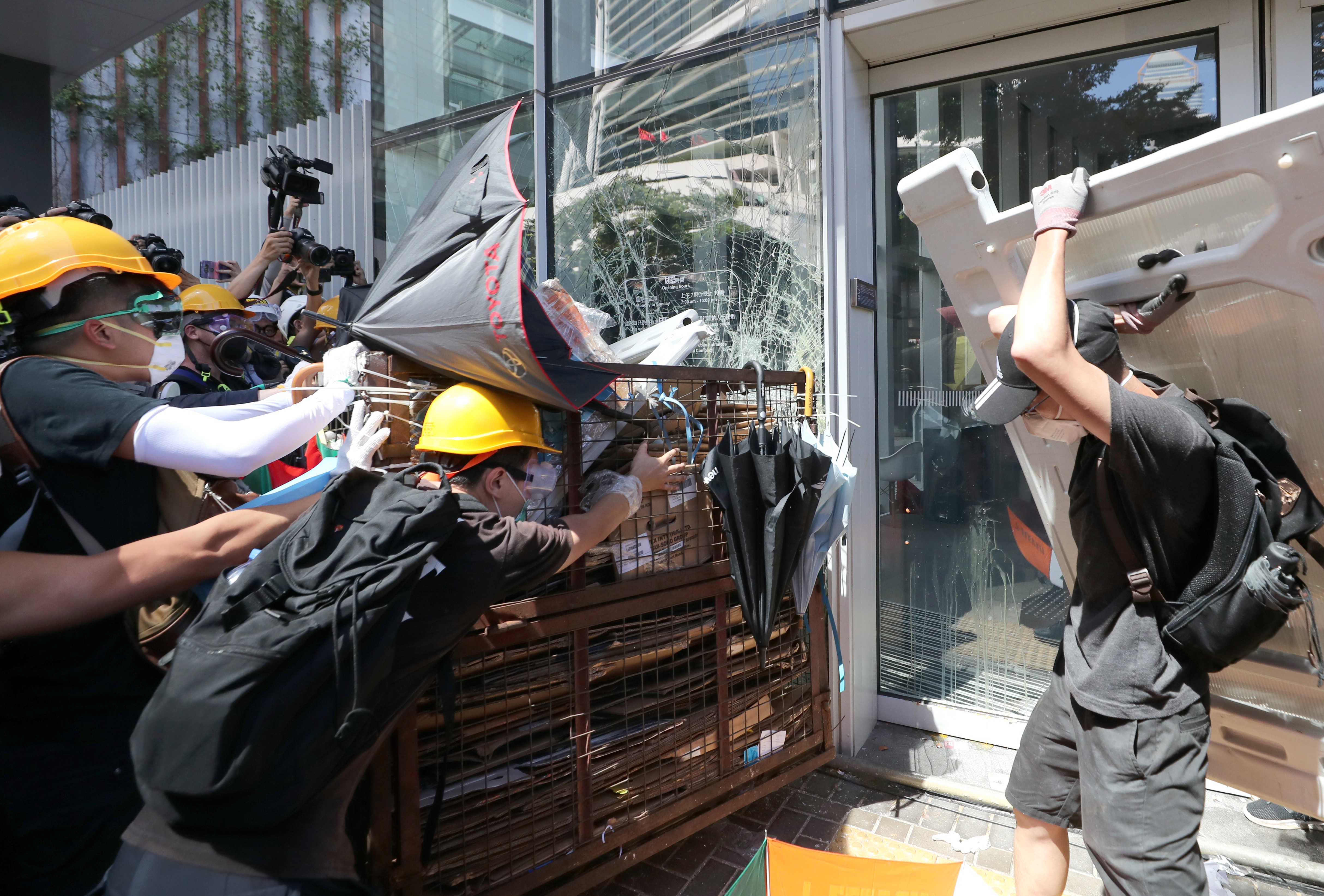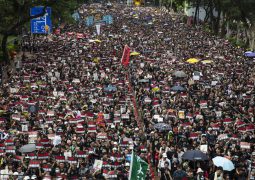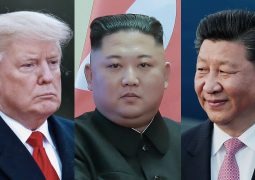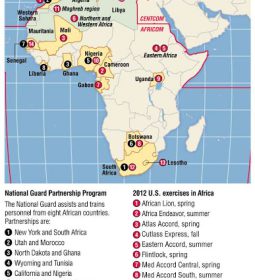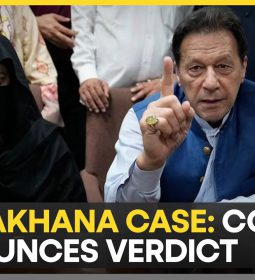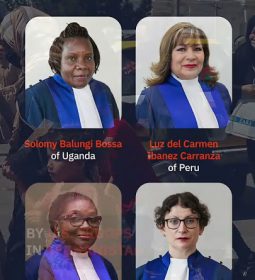Radical core of Hong Kong protesters who trashed city’s legislature were ‘prepared to die for their cause’
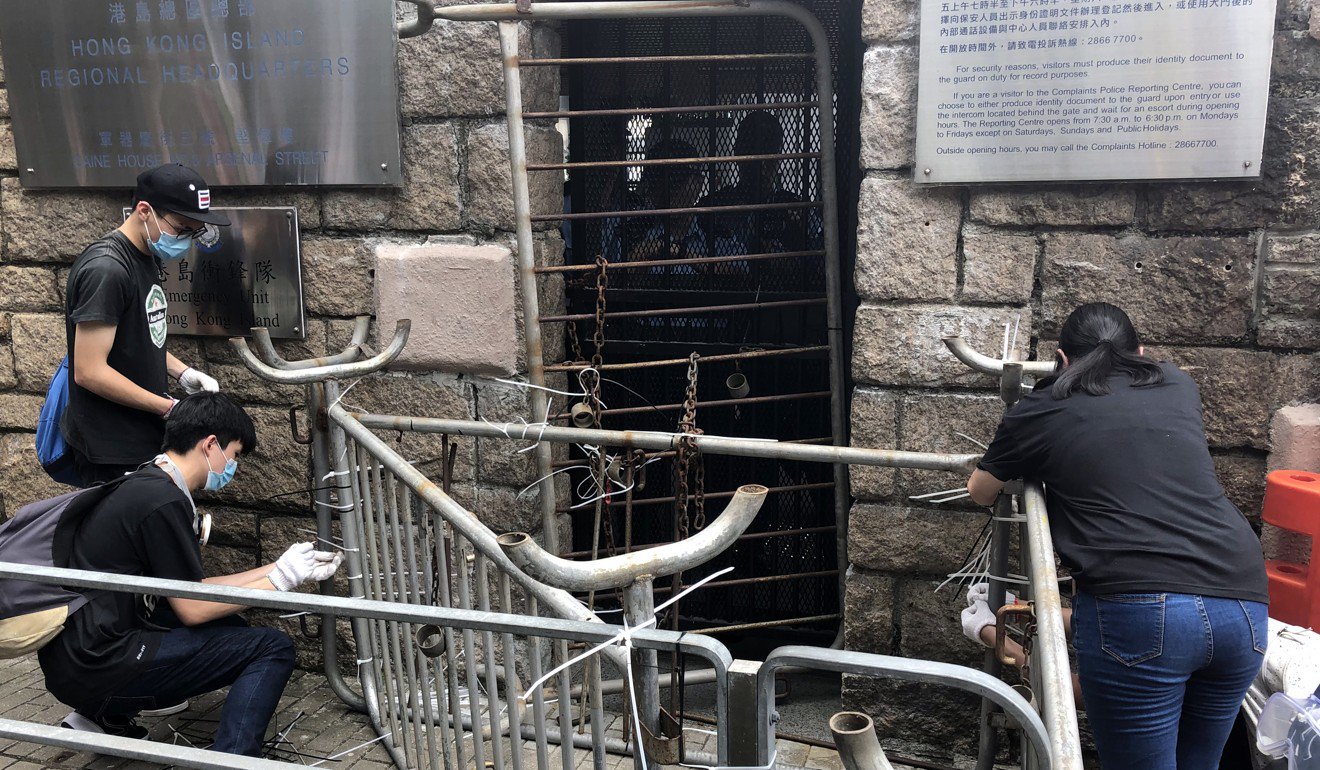
- Officials expect group to organise more protests and provoke further clashes in future to draw global attention to its quest
- If any protesters were injured or killed, police would have been blamed to spark condemnation and bring whole administration down, says source
A squad of radical protesters fancying themselves as martyrs, willing to die to draw global attention to their cause, led the violent siege of Hong Kong’s legislature on Monday, according to sources.
A government source said the group of around 10 diehards with a “bring it on” mentality were prepared to face batons and rubber bullets during clashes with police that day, and they were in the cross hairs of police going after those who perpetrated the unprecedented invasion and trashing of the Legislative Council building.
“The protesters at the front were willing to sacrifice themselves. They turned so violent, hoping police would use aggressive force against them or shoot them with rubber bullets or beanbag rounds,” the source said.
“If the individuals were badly injured or even killed, all the blame would have been placed on police so as to spark global condemnation, and eventually bring the whole administration down.”
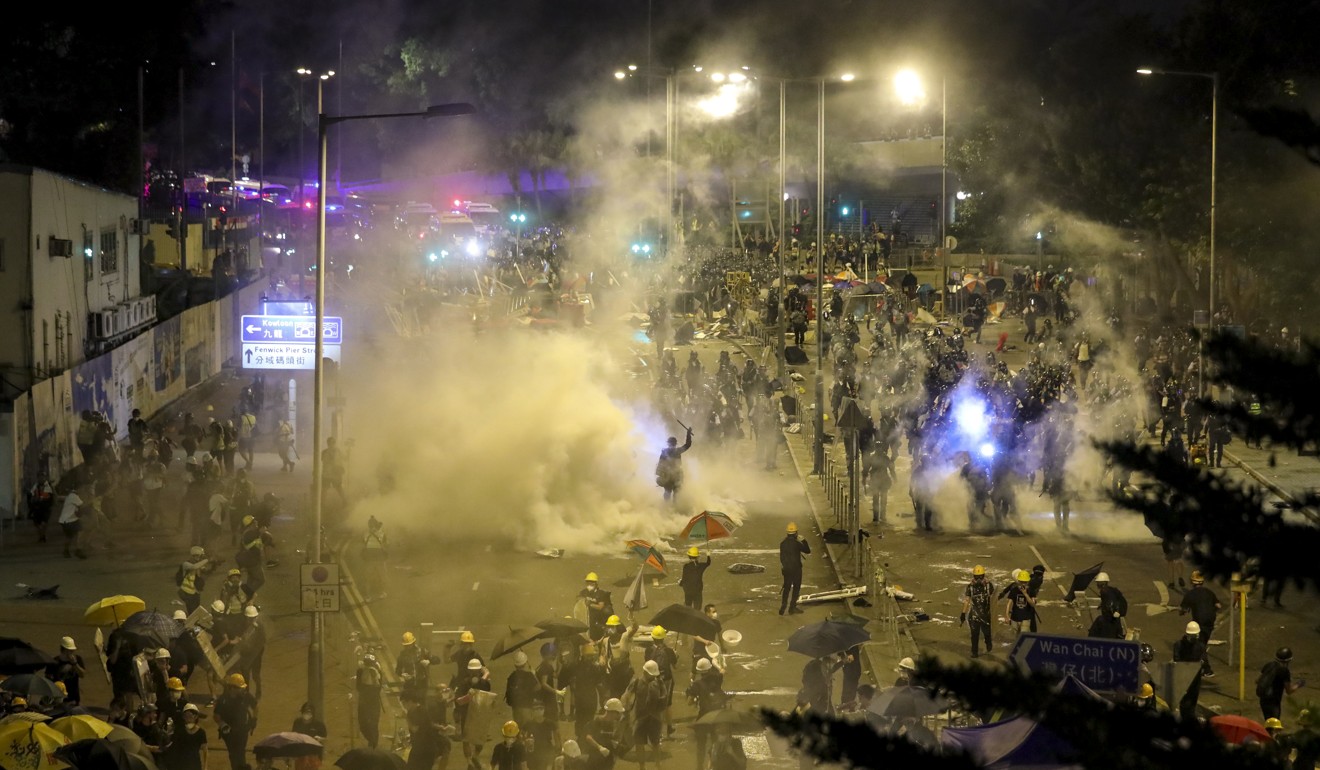
The source said the administration expected this radical group to organise more protests and provoke further clashes in the future to achieve its aims.
They were among the dozens of protesters against the government’s now-suspended extradition bill who had already been identified and would be the target of a police operation to arrest those responsible.
The Post was told that officers from the Organised Crime and Triad Bureau were also trying to identify those behind this group.
Police made the first arrest on Wednesday in their hunt for protesters who spent hours smashing the glass front of the legislature with makeshift battering rams before rushing in to vandalise the premises.
The suspect, a 31-year-old man, faced charges including forcible entry and criminal damage.
Another source said police were trying to identify hundreds of protesters both inside and outside the Legco building during the 11-hour siege who dispersed when officers in riot gear moved in, using tear gas.
No one was arrested during the one-hour clearance operation, and those occupying the Legco chamber had already fled.
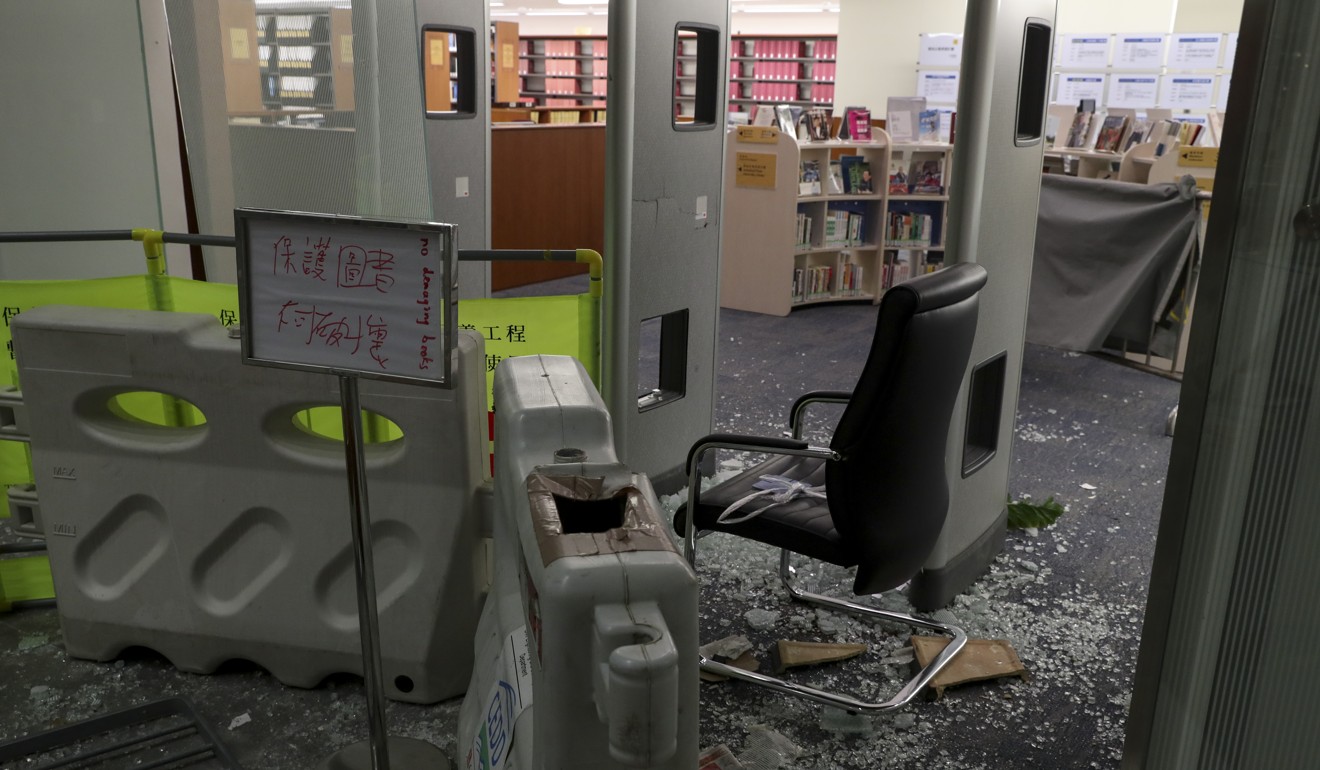
The source said protesters considered less violent would be the next target for police, even though they might not have been directly involved in smashing their way into the building.
“They broke the law as they attended an unlawful assembly. If it is classified as a riot in future, they may also face the charge of taking part in riot,” he said.
The Legco siege on Monday made headlines around the world, as mostly young protesters vented their rage against the government and demanded the complete withdrawal of the bill, which would have allowed the transfer of fugitives to mainland China and other jurisdictions with which Hong Kong has no extradition deal.
They began the assault at 1pm, using a metal cart and iron bars to smash through the building’s glass front while riot police stood inside without taking any action.
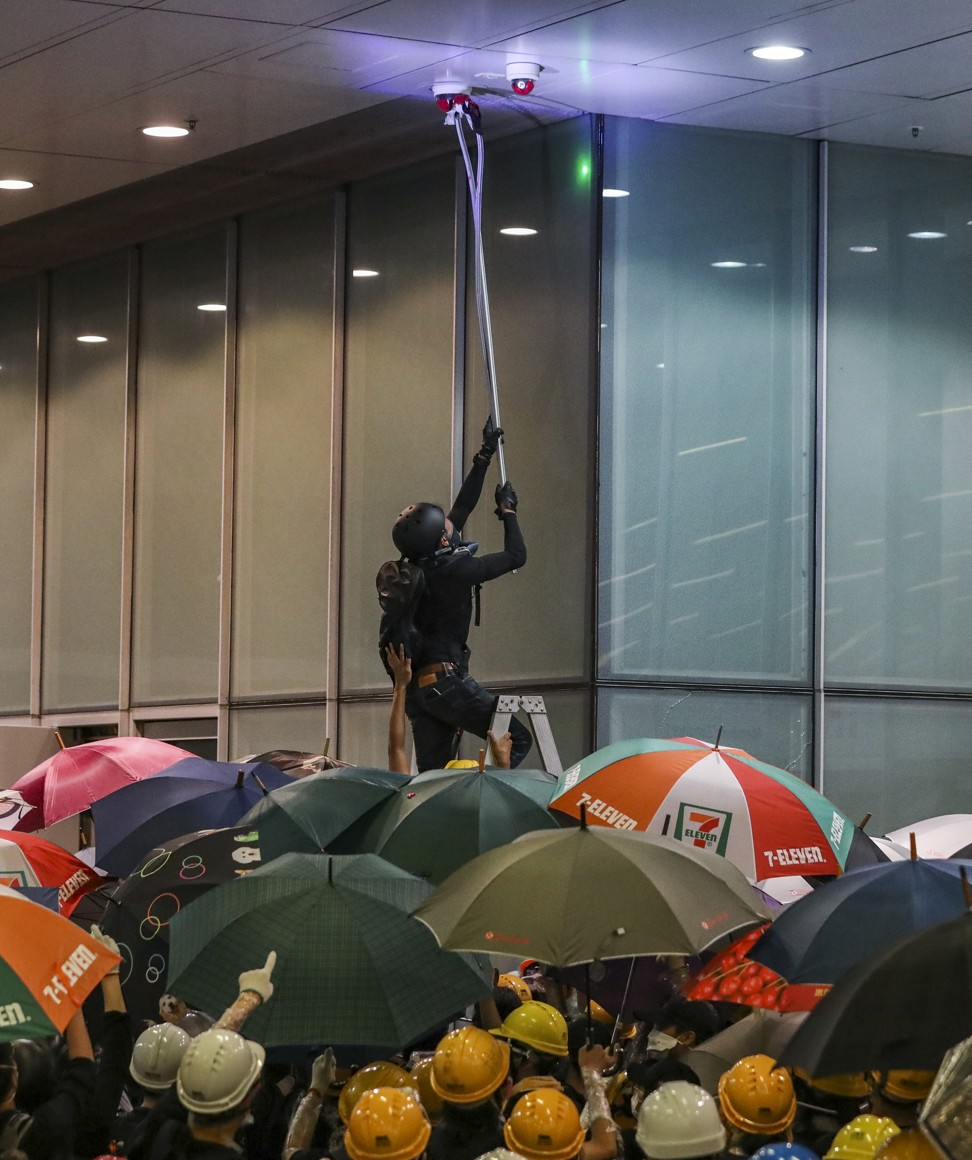
Police retreated when the protesters broke in at around 9pm, allowing them to tear down political leaders’ portraits, paint slogans on the walls and smash furniture.
They had fled by the time police took action at midnight to take the legislature back.
During two days of on-site investigations that followed, police worked with government forensic experts to collect thousands of pieces of evidence, including face masks, goggles, helmets, bricks, stickers and fliers that the protesters had left behind.
Forensic experts were also collecting fingerprints and testing DNA evidence stored in a locked compound at their headquarters in Wan Chai.
“Officers have also started the painstaking task of viewing video footage from surveillance cameras to identify the suspects,” a law enforcement source said, adding that CCTV footage from the centre of the protests in Admiralty and along the routes taken by the demonstrators would also be studied.
He admitted it was a “very difficult task” as most of the protesters had helmets, face masks and goggles on to hide their identities, while some CCTV cameras at the Legco complex and nearby areas had been damaged or spray painted.
The source said investigators were likely to take months to gather all the evidence and complete their work.
According to the city’s railway operator, four surveillance cameras were sprayed with black paint at two exits of Admiralty MTR station in the early hours of Tuesday, when many of the dispersed protesters went home by train.
The MTR Corporation did not reveal whether police had asked for CCTV footage from the station.
- Previous Dubai ruler slams runaway wife in Instagram poem
- Next A Trade war between South Korea and Japan again over high-tech products? Calls for boycott of Japan grow in South Korea as diplomatic row simmers


